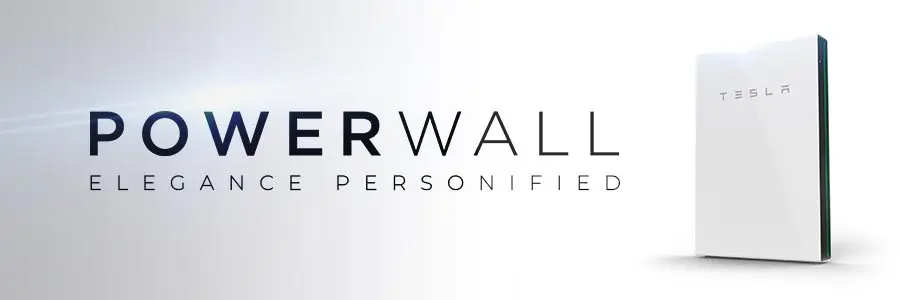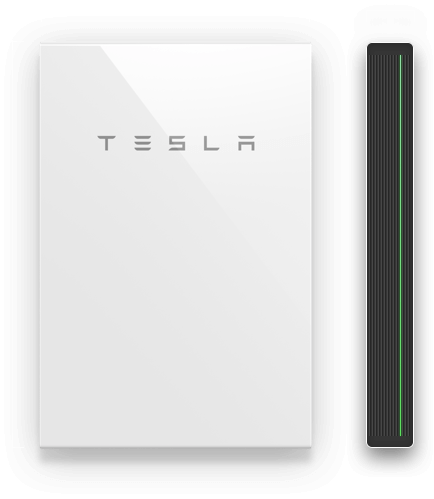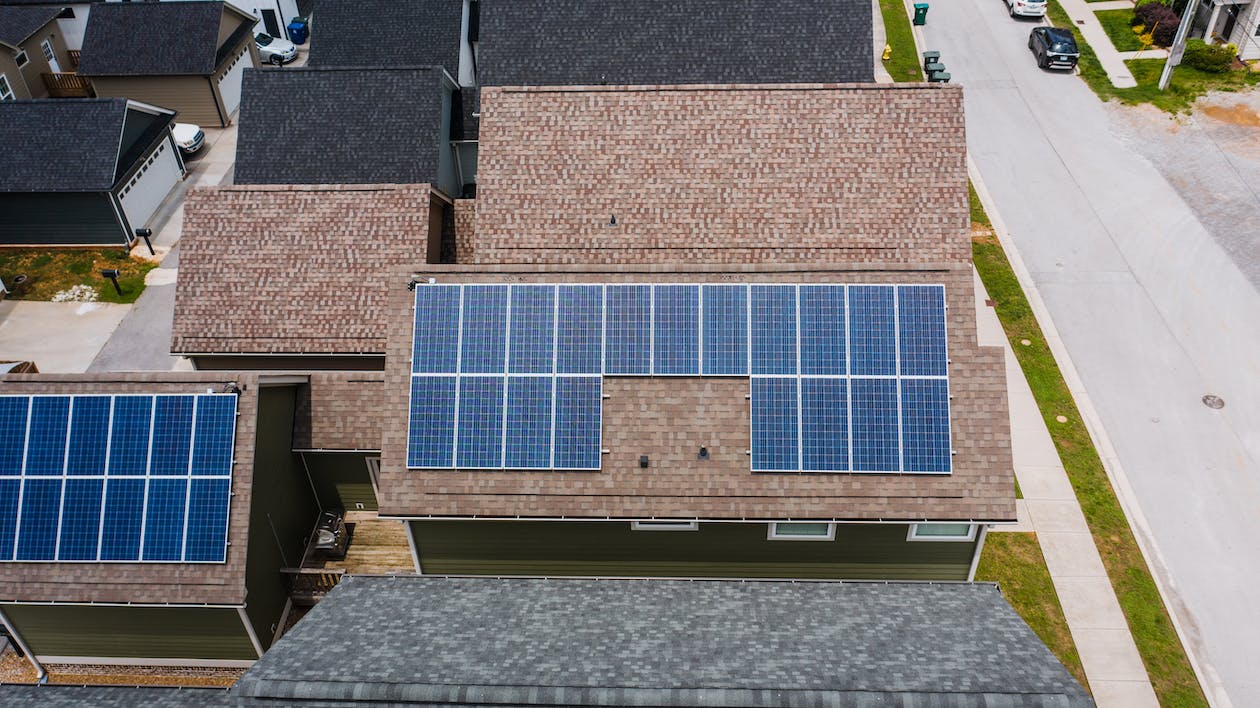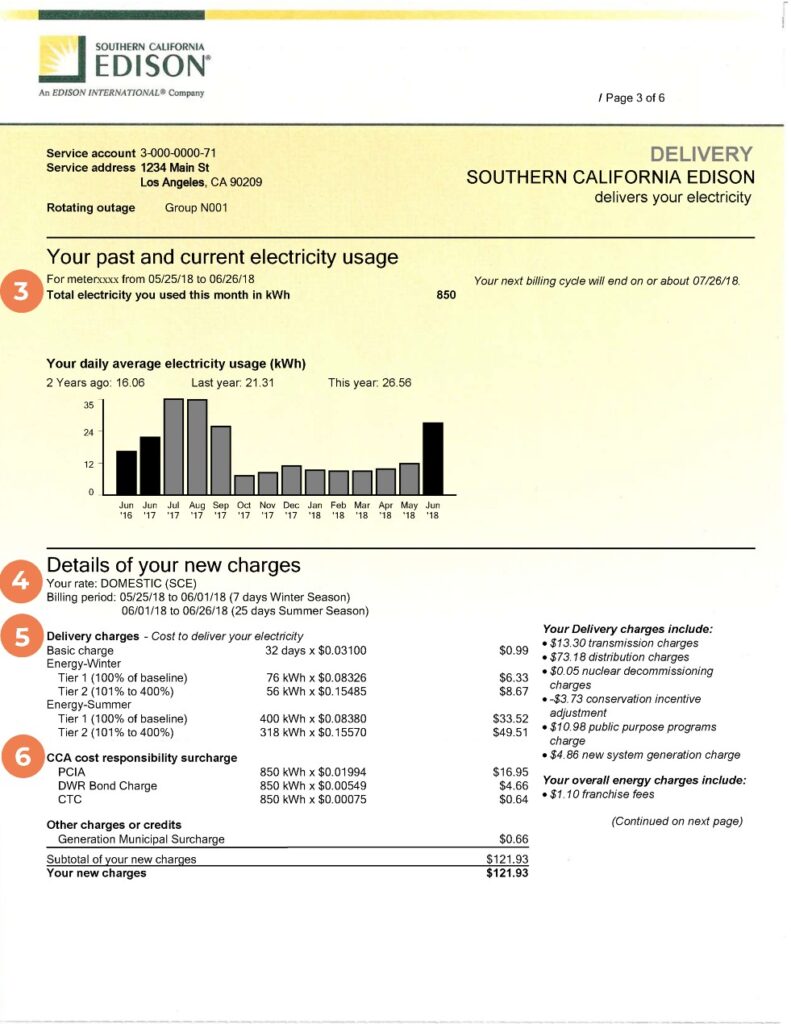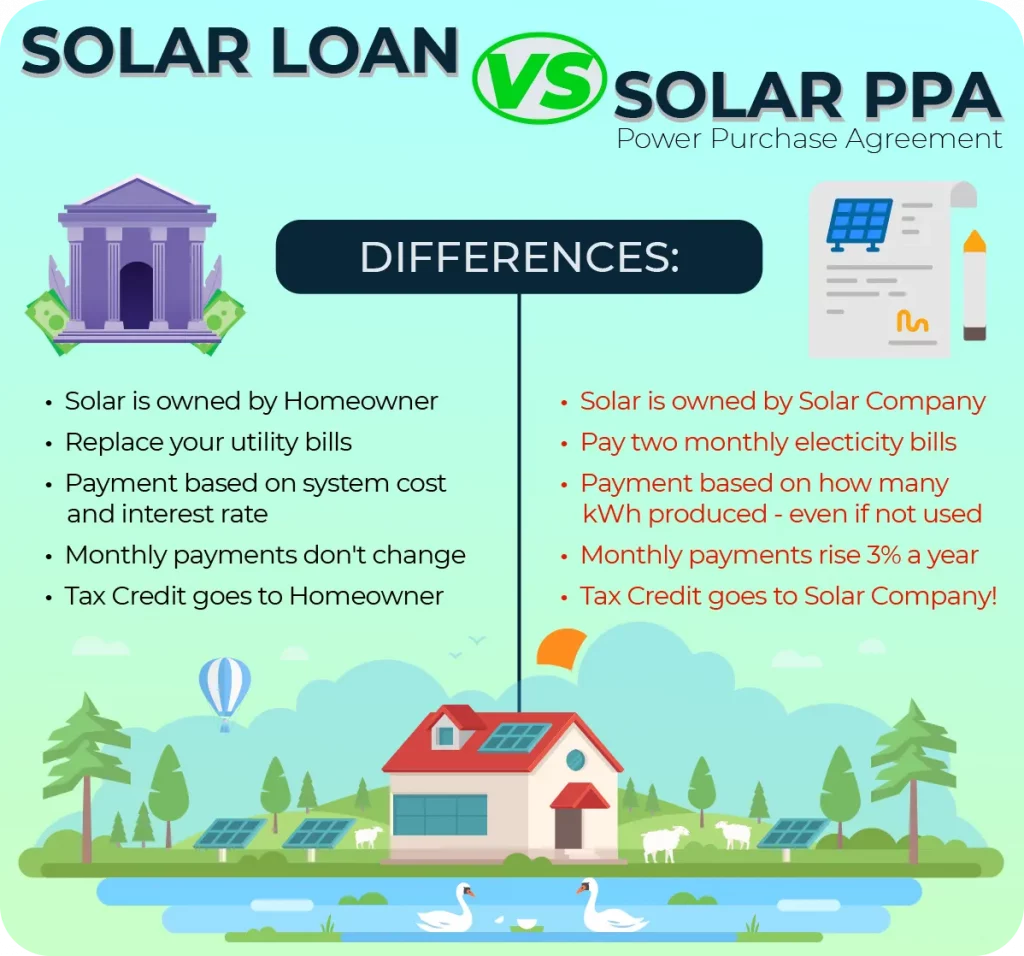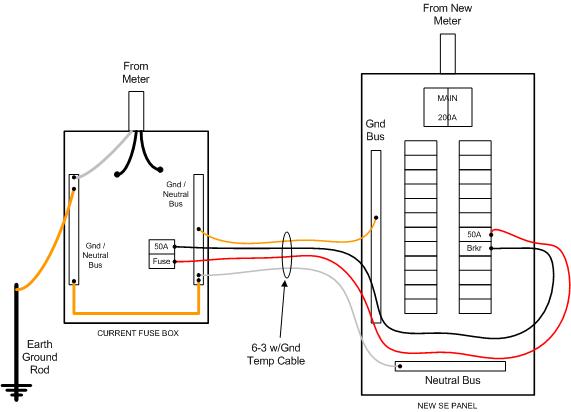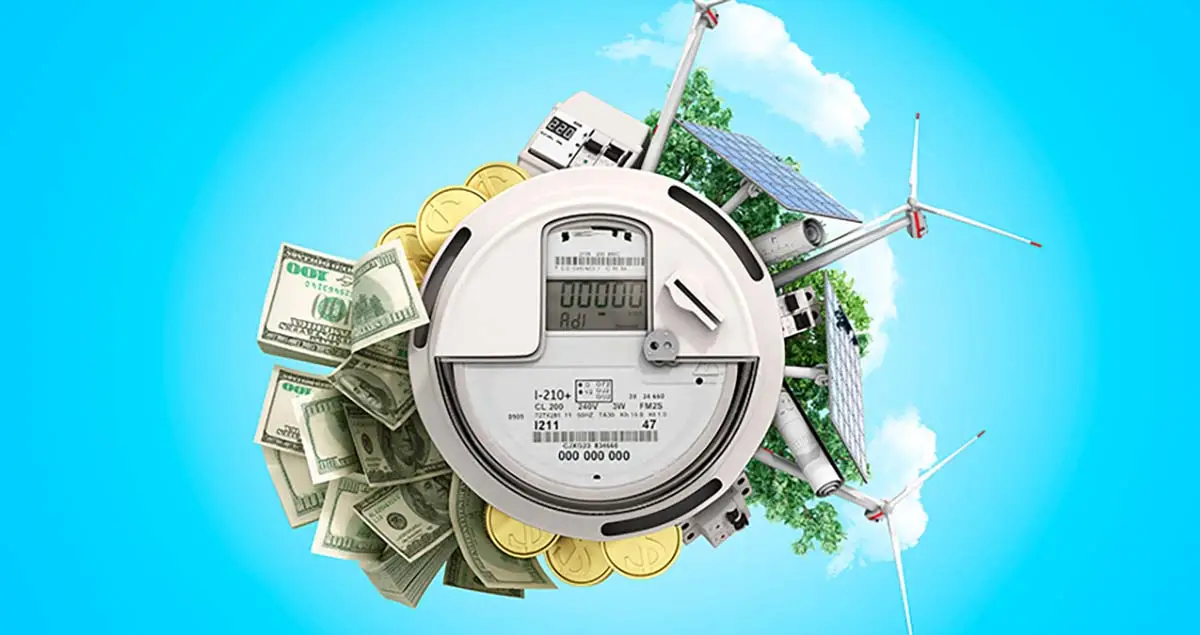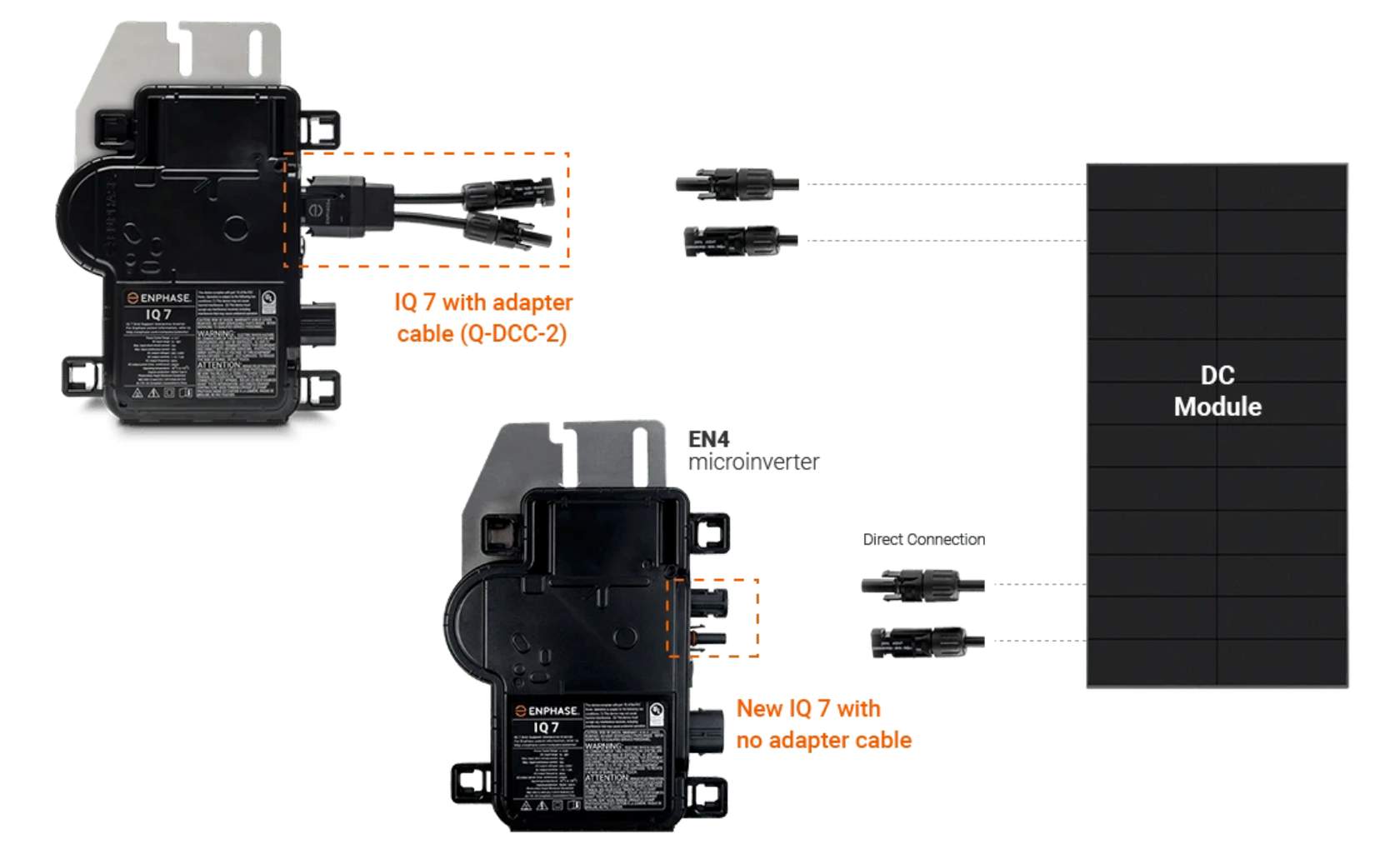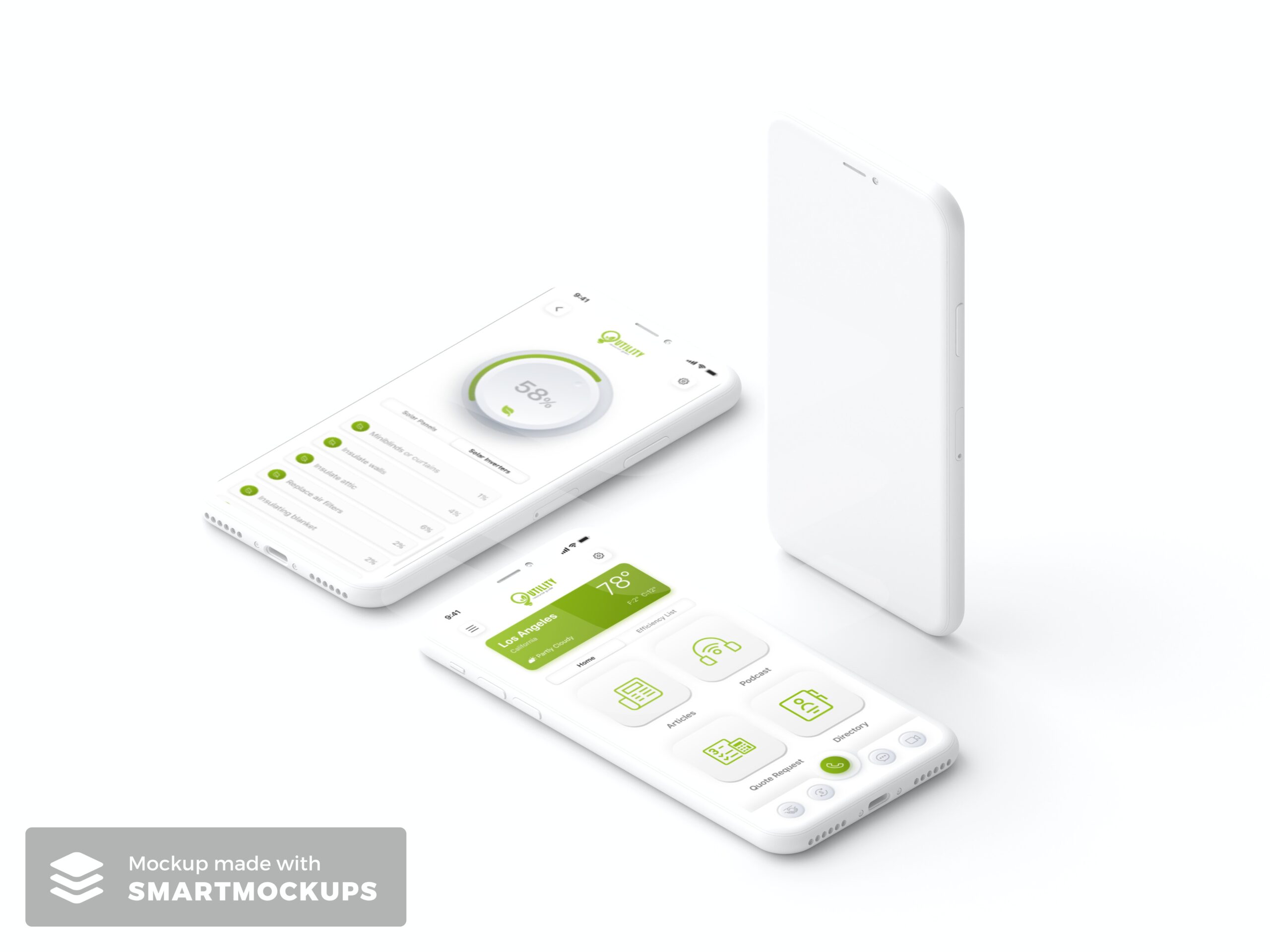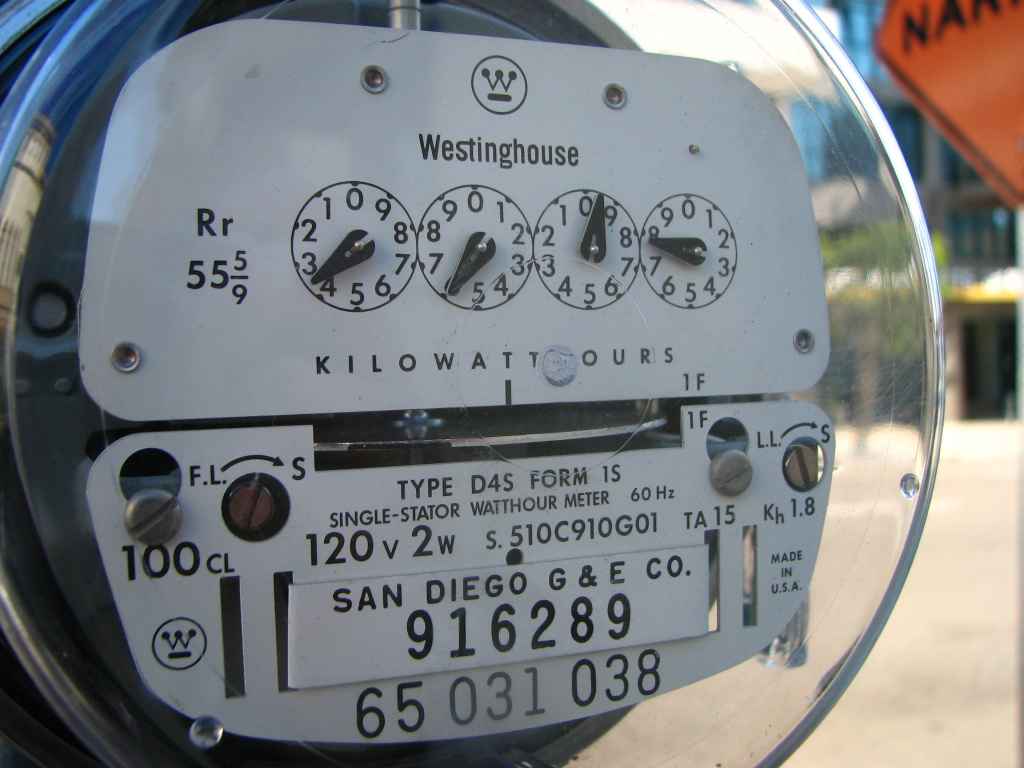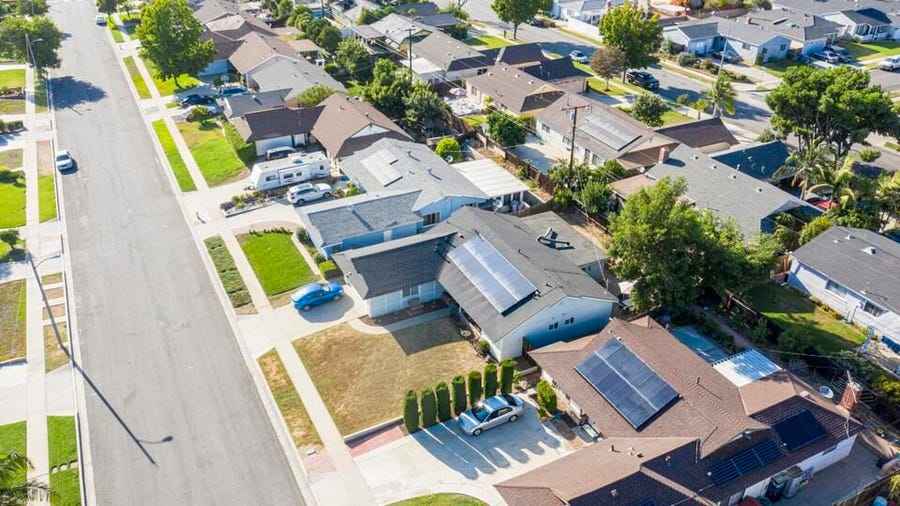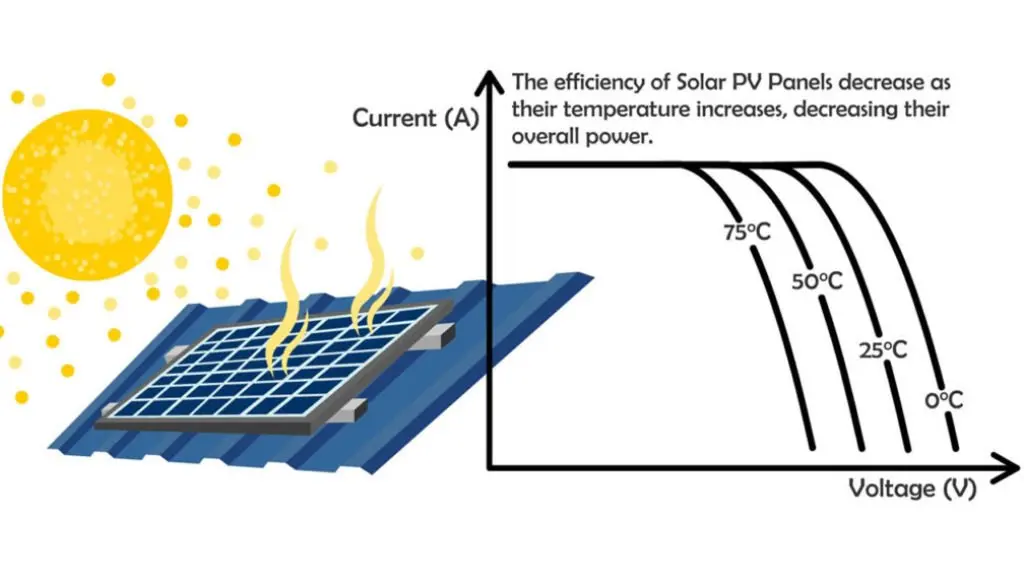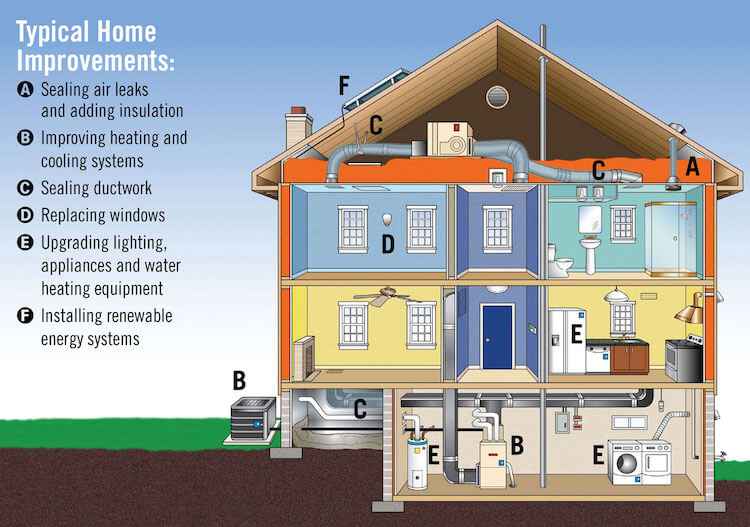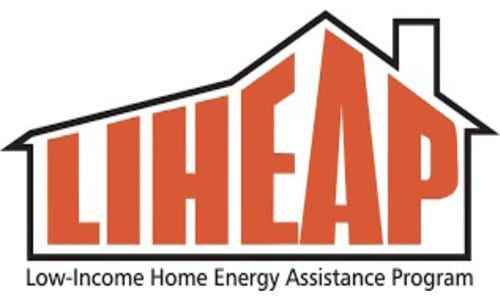
The crucial foundation of solar eligibility lies in homeowners reaping financial rewards from self-generated electricity. This objective is reached by achieving grid parity, a pivotal milestone where solar energy costs meet or fall below utility rates.
Significance of the Electric Bill
Understanding the essential role of the electric bill is key. It acts as a central repository of usage data, forming the basis for precise system design. Without this data, accurate system sizing becomes guesswork, undermining precision. The electric bill goes beyond usage figures, offering critical insights propelling the project forward. Two key aspects highlight its importance:
Insights from the Electric Bill
- $/kWh Rate Understanding: This data is irreplaceable as it charts the course of financial viability. It reveals current electricity costs, steering the decision on whether integrating solar power holds economic advantages.
- Meter & Account Identification: These identifiers become invaluable in the post-contract process. They expedite interconnection and PTO stages, pivotal junctures in the solar integration journey.
Unveiling Grid Parity
Grid parity stands as a vital concept in the realm of solar energy. It marks the moment when generating solar power becomes as cost-effective as purchasing utility grid electricity. As solar technology costs decrease due to advancements, economies of scale, and industry competition, and as traditional utility energy costs rise, grid parity is achieved.
At this juncture, solar energy becomes a financially viable and appealing choice for homeowners. They can save substantial amounts by generating their own electricity with solar panels, reducing reliance on utility-provided electricity.
Analyzing Energy Usage and Costs
- Annual Energy Consumption: Assessing a homeowner’s yearly energy use is pivotal. This involves studying historical electricity bills to gauge their energy consumption. Higher consumption indicates greater potential for solar savings.
- Electricity Rate Evaluation: Analyzing the rate paid per kilowatt-hour (kWh) is crucial. A higher rate enhances the likelihood of significant solar financial benefits. Solar energy becomes more attractive when it competes favorably with or is cheaper than utility electricity costs.
Determining Solar Suitability: Key Factors
- Roof Space: Ensuring available roof space for solar panels is essential. Roof size, layout, and potential obstructions need consideration.
- Shading Evaluation: Shading significantly affects panel performance. Assess if shadows from trees, structures, or objects reduce panel efficiency.
- Roof Type: Roofing material matters. Stability and durability of materials like asphalt shingles, metal, tile, or standing seam are important.
- Optimal Pitch: Roof angle impacts sunlight capture. An angle of 15 to 40 degrees ensures efficient year-round energy production.
- Proper Orientation: Roof direction is vital. South-facing roofs receive maximum sunlight in the Northern Hemisphere, while east and west-facing roofs work with slightly reduced energy output.
- System Fit: Other factors like setbacks, codes, obstructions, and roof shape influence installation feasibility.
Roof Quality for Solar Suitability
A robust roof condition ensures solar system longevity. Intact shingles, tiles, or materials aligning with solar panel lifespan (25-30 years) prevent costly replacements.
Shading Assessment
Minimal shading from nearby structures and trees is vital. Shade diminishes panel efficiency. Consistent sunlight exposure throughout the day and year is key.
Roof Orientation, Size, and Shape
- Ideal Orientation: Roofs facing south capture maximum sunlight.
- Adequate Space: Enough roof area for desired panels ensures optimal energy generation.
- Proper Angle: Roof angle should not hinder installation or panel performance.
Financial Qualification for Solar Financing
Determining prospects’ finances aids in eligibility assessment and optimal financial solution selection. This step empowers confident proposal presentations.
Exploring Solar Adoption Factors: Household Dynamics
Several intrinsic elements impact solar integration decisions within households. Factors like changing family dynamics, vacations, hosting guests, and more shape the landscape of solar adoption.
Kids Moving Out
As children leave home, energy consumption shifts. Lower occupancy may affect system sizing, prompting energy needs reevaluation.
Frequent Vacations
Vacation patterns affect energy consumption. Aligning solar generation with periods of absence impacts financial and environmental solar benefits.
Visitor Influx
Hosting guests temporarily increases energy demand. Solar system design should accommodate such surges.
Renovation and Remodeling
Future home plans impact solar integration. Anticipating structural changes ensures seamless system integration.
Electric Vehicle Charging and EVs
Integrating EV chargers aligns with rising electric vehicle trends. Solar-powered EV charging reduces costs and carbon footprint.
New Appliances
Energy-efficient appliances enhance solar integration. Coordinating appliance updates with solar installation maximizes energy savings.
Energy Consumption and Lifestyle
Understanding energy habits is vital. Do you prioritize frugality or aim for appliance-heavy living?
A/C Usage and Beyond
Efficient air conditioning usage and appliance intentions reveal energy management opportunities.
Sensitive Financial Conversations
While credit checks are essential, handling financial talks sensitively is crucial. Generally, a credit score of 600 or higher is needed for solar project financing.
Embracing Financed Projects
Solar financing aligns with grid parity. A utility rate of around 10 cents per kWh indicates solar’s financial benefits.
Guiding Customers Through Solar Financing
Master guiding customers in solar financing options, considering their financial circumstances.
In solar sales, the nexus of discovery and eligibility is pivotal. Unveiling solar potential requires harmonizing roof suitability, financial viability, and favorable rates. This exploration initiates the voyage into the home and homeowner eligibility intricacies. Let’s embark on this enlightening odyssey to unearth the full panorama of solar potential.

